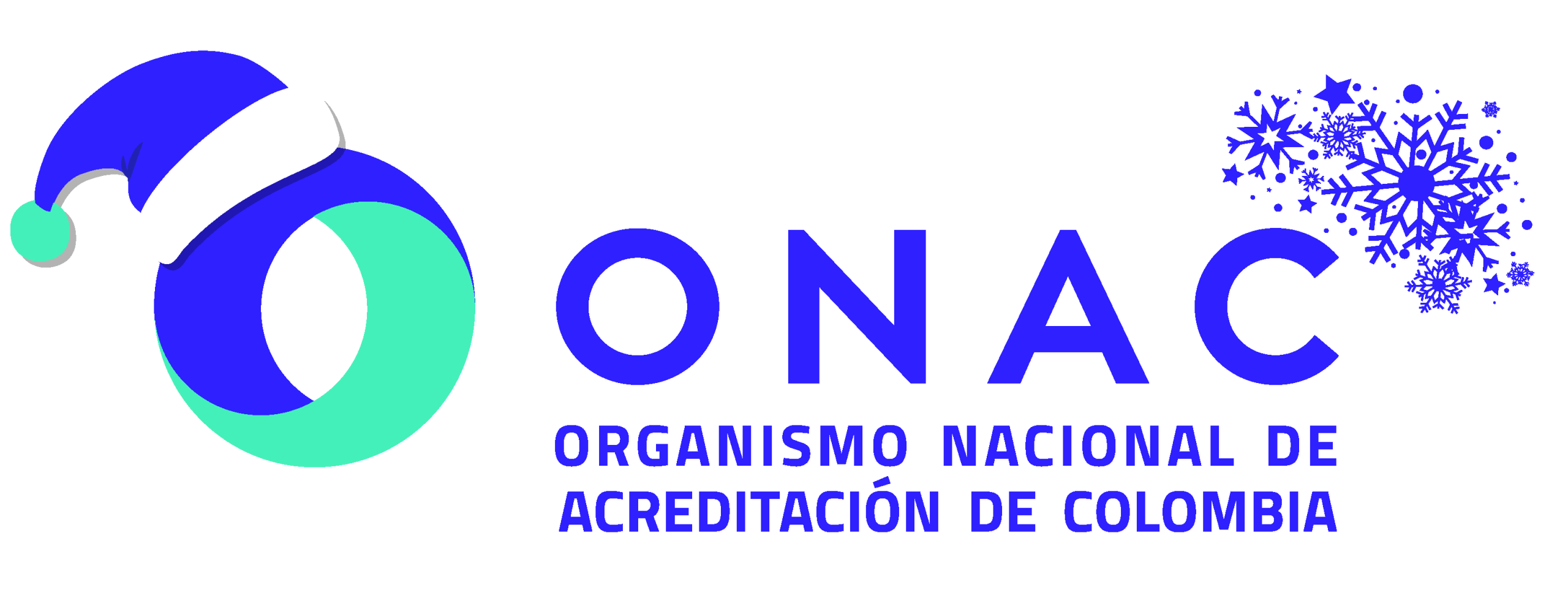The term Quality Infrastructure is relatively new and has so far been familiar to experts only. In this blog post, we like to explain the term in more detail.
We want to start by saying that the term does not mean the quality of infrastructures such as roads, ports or power grids. There is no doubt that Quality Infrastructure services are used for the quality assurance of pieces of physical infrastructure, but the meaning of the term goes much further. We use the term to explain the hard and software required to assure the quality of products and services.
Let us take a closer look at the two words quality and infrastructure:
Quality is inherently a subjective concept. But even renown quality experts offer us different definitions: According to Joseph Juran, from the manufacturer’s point of view, quality is “freedom from deficiencies or defects”, whereas, from the customer’s perspective, he defines quality as “fitness for use”. For Edwards Deming quality is “sustained satisfaction” from the perspective of strategic management. He emphasises the use of quality as a competitive advantage. Finally, Philip Crosby pragmatically defines quality as “conformance to requirements”. For him, quality is reduced to achieving specific standards as efficiently as possible. And these standards can be set at will. He put it nicely: “If we want to manage quality, we must define quality as conformance to requirements. If a Cadillac meets all the requirements for a Cadillac, then it is a quality car” (Crosby 1979).
Crosby’s definition was adopted by the International Standards Organization (ISO). The quality management standard ISO 9000:2005 defines the term “as the degree to which a set of inherent characteristics of an object fulfils requirements“. The product quality depends solely on the extent to which by the standard defined requirements are met. The functions of the quality infrastructure, therefore, include the development of standards and the control of conformity.
The concept of infrastructure (From Latin infra – below, under and structura – construction, placement) appeared in France in the 18th century and referred to all earthworks for the reclamation of land and levelling in railway construction. In English, infrastructure mainly described the immobile buildings and facilities that served to mobilise and keep the armies ready.
Quality infrastructure, on the contrary, describes a system of institutions that guarantee the definition and control of quality criteria. These institutions can also be seen as the underlying foundation of international trade. Similar to the physical infrastructure, the provision of Quality Infrastructure is considered a public task. In many countries, however, various Quality Infrastructure services are also provided by private and non-profit organisations.
The Quality Infrastructure is not an end in itself, but an instrument to promote the economy and protect consumers. The figure shows in the centre the central components of a National Quality Infrastructure (accreditation, standardisation and metrology as well as certification, testing and inspection). The individual components exchange services and form an overall system. On the right-hand side, international recognition is represented by membership in international professional organisations. On the left side, the users of the system emerge in the form of a value chain. The Quality Infrastructure thus creates trust for transactions and promotes cooperation.
Source: Physikalisch-Technische Bundesanstalt (PTB)
The leading institutions and promoters of quality infrastructure have recently developed a formal definition for this concept. In 2017, this definition was endorsed by the International Organizations for Metrology (BIPM and OIML), Standards (ISO, IEC and ITU) and Accreditation (IAF and ILAC), International Trade Centre (ITC), United Nations Industrial Development Organization (UNIDO), United Nations Economic Commission for Europe (UNECE) and The World Bank within the framework of the International Network on Quality Infrastructure (INetQI) cooperation network. Here, Quality Infrastructure is defined as “the system comprising the organisations (public and private) together with the policies, relevant legal and regulatory framework, and practices needed to support and enhance the quality, safety and environmental soundness of goods, services and processes.The Quality Infrastructure is required for the effective operation of domestic markets, and its international recognition is essential to enable access to foreign markets. It is a critical element in promoting and sustaining economic development, as well as environmental and social wellbeing.
It relies on metrology, standardisation, accreditation, conformity assessment, and market surveillance (in regulated areas) “. (Source)
The Quality Infrastructure replaces the previously used acronyms Metrology, Standards, Testing and Quality (MSTQ) or Standards, Quality Assurance, Accreditation and Metrology (SQAM).
The term Quality Infrastructure:
- offers an internationally uniform terminology
- does emphasise the overall system. No component is explicitly mentioned or highlighted; like metrology in MSTQ or Standards in SQAM.
- covers all components, and overcomes the problem of four-letter abbreviations. For example, MSTQ does not mention accreditation; and in the area of conformity assessment, MSTQ refers only to testing but not to certification and inspection.
The reference to Quality Assurance in the SQAM acronym is important, as it connects the system of quality management within companies to the wider system of conformity assessment, both aiming at creating confidence in meeting quality requirements of products, services and processes. As such, this reference is already part of a holistic, systemic understanding of Quality Infrastructure.
The new definition from 2017, however, represents an extension of the scope of Quality Infrastructure. In the past, Quality Infrastructure was mainly seen as an instrument of trade facilitation. Today’s understanding of Quality Infrastructure relates also strongly to health, environmental and consumer protection. The Quality Infrastructure aims to contributing to a comprehensive quality culture and general wellbeing.
References
Crosby, P. B. (1979). Quality is free: The art of making quality certain, McGraw-hill New York.
Kellermann, M. (2019). Ensuring Quality to Gain Access to Global Markets: A Reform Toolkit, The World Bank, Washington DC
Sanetra, C. and R. M. Marbán (2007). The answer to the global quality challenge: A national quality infrastructure. Braunschweig
UNIDO, Quality Infrastructure – Buiding Trust for Trade, Vienna/ Austria




2 respuestas
Buenos días!
Enhorabuena. Excelente Webinar.
Honrada de poder acceder al mismo.
Saludos desde Republica Dominicana
A Elena Caro
Es un sistema que contribuye a los objetivos de política del gobierno en áreas como el desarrollo industrial, la competitividad comercial en los mercados globales, el uso eficiente de los recursos naturales y humanos.